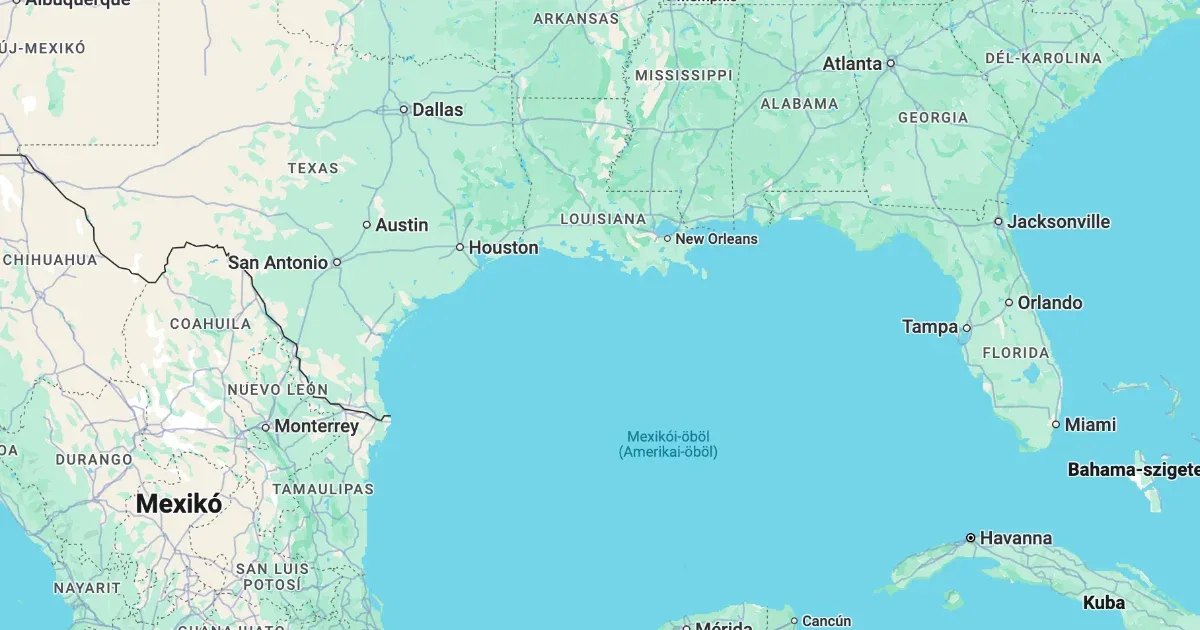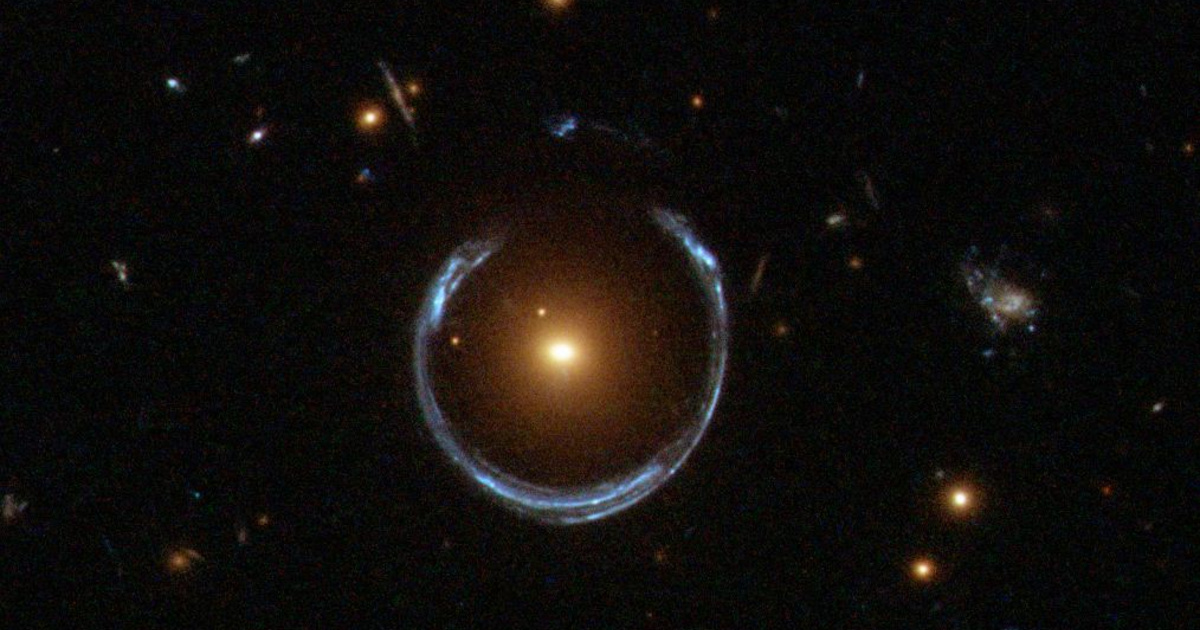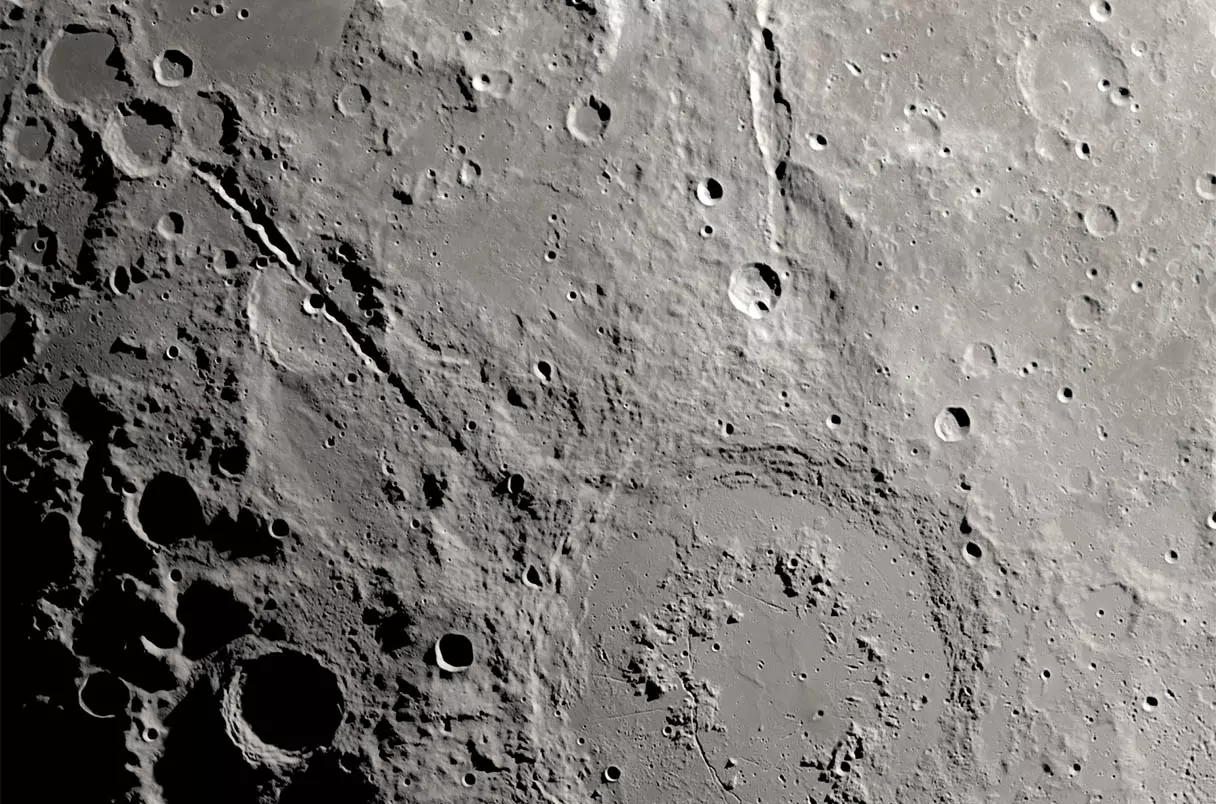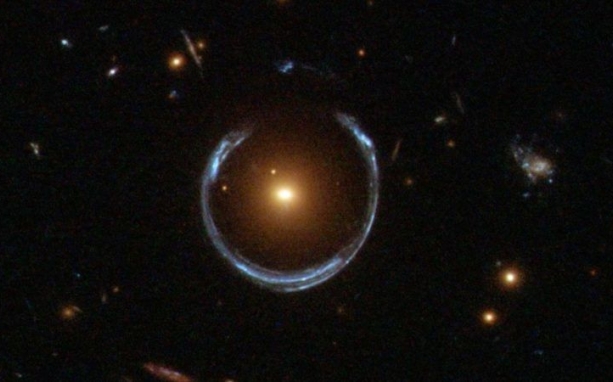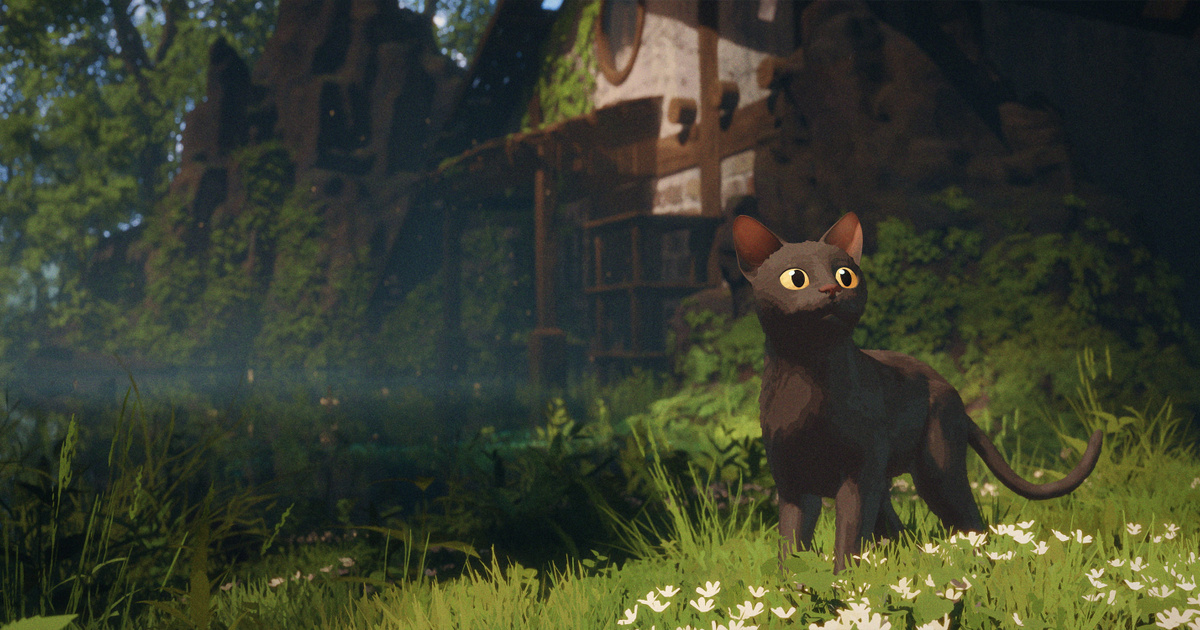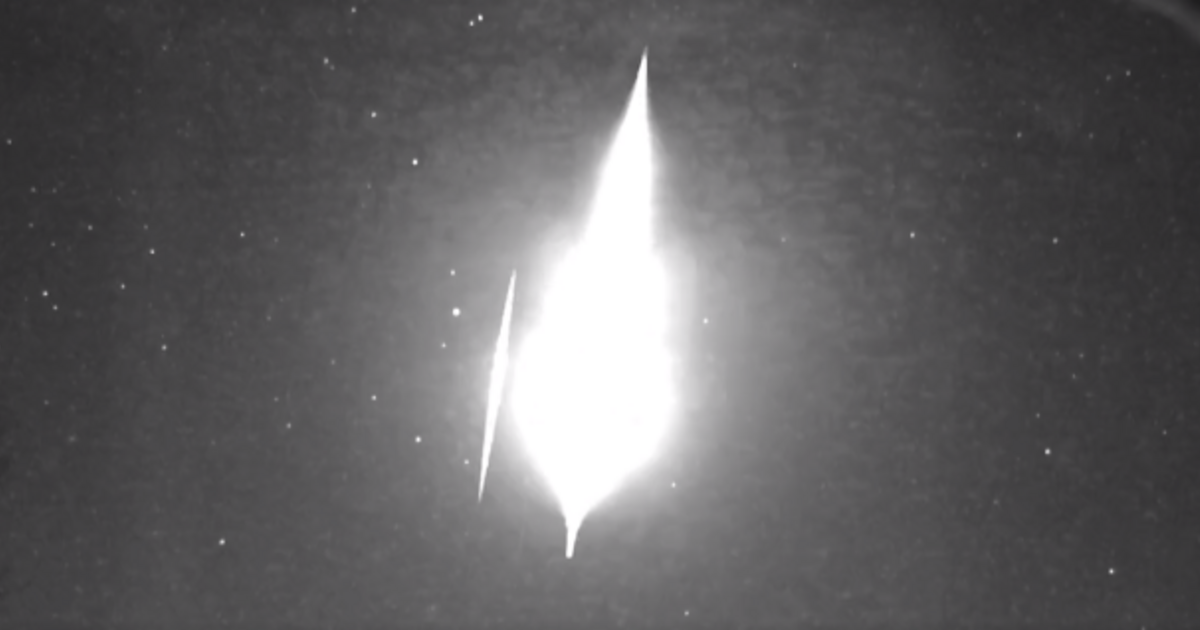On August 28, just before 11:00 PM, a huge streak of light was seen streaking across the southern New Zealand sky, followed by a powerful explosion. The scene, which looked like a brushstroke of white paint on black ink, was captured by 20 high-tech cameras set up just for the occasion. Meteorites entered the atmosphere over New Zealand.
Trace where it fell
The next morning, eyewitness accounts and CCTV footage begin pouring in on a group called Fireballs Aotearoa, a recently formed organization made up of geologists, astronomers, and citizen scientists. The group wasn’t sure what they saw at first – the flash was so bright and large that some camera shots mistook it for the moon. Later that evening, after analyzing the footage, the group realize that it was actually a very large meteor.
Just days after the fireball swept through the sky, a team of 22 geologists from the University of Otago set out to find a rare and precious space rock that could aid research into the formation of the solar system.
Its weight has also been compromised
the guardian By analyzing footage from the meteorite surveillance camera network, scientists were able to predict that the meteorite, which weighed between one and 30 kilograms, may have fallen 20 kilometers west of Dunedin.
Only nine confirmed meteorites have been discovered in New Zealand in the past 150 years, but many more have fallen and have never been found. New Zealand has a small population, so most atmospheric meteorites are unlikely to be detected, rough terrain and woods can hamper the search for debris, and there is a lack of infrastructure to help locate a landing site.

